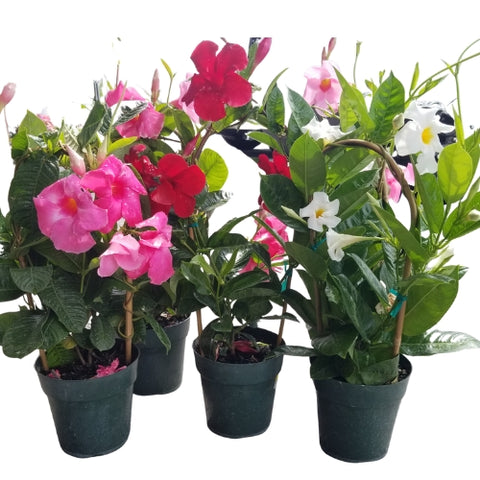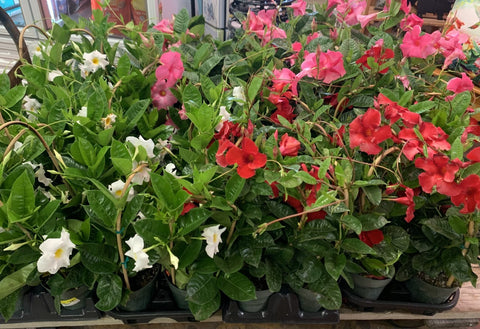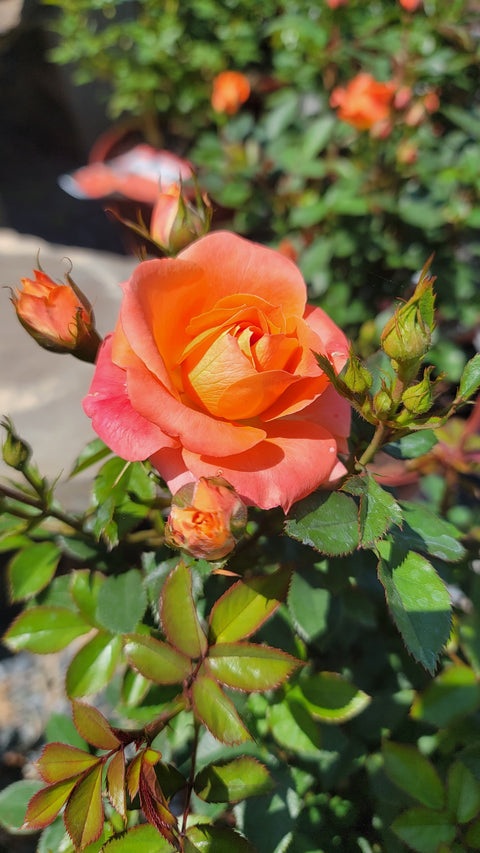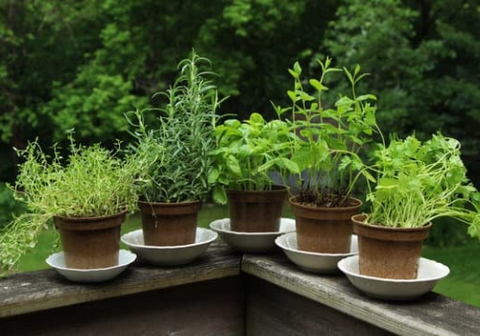If you're looking for a beautiful flowering vine to add to your garden or outdoor living space, then look no further than the Mandevilla. This plant is a favorite among gardeners for its stunning blooms and easy-to-grow nature. Here are tips for growing and caring for Mandevilla plants.
What is Mandevilla?
Mandevilla is a genus of tropical vines that are native to Central and South America. These plants are known for their large, trumpet-shaped flowers that bloom in a variety of colors, including white, pink, red, and yellow. The most popular species of mandevilla for cultivation is Mandevilla splendens, which is also known as Dipladenia sanderi.
Growing Mandevilla

Mandevilla is a relatively easy plant to grow, as long as you provide it with the right growing conditions. Here's what you need to know:
-
Sunlight: Mandevilla plants love the sun and require at least six hours of direct sunlight each day. If you're planting your mandevilla in a container, make sure to place it in a sunny spot on your patio or balcony.
-
Soil: Mandevilla plants prefer well-draining soil that's rich in organic matter. You can use a potting mix designed for flowering plants or make your own by mixing equal parts of peat moss, perlite, and vermiculite.
-
Water: Mandevilla plants require regular watering, especially during hot and dry weather. Make sure to keep the soil moist but not waterlogged. If you're growing your mandevilla in a container, make sure it has drainage holes to prevent water from accumulating in the bottom of the pot.
-
Fertilizer: Mandevilla plants benefit from regular fertilization, especially during the growing season. You can use fertilizers for flowering shrubs or plants or a balanced fertilizer, such as a 10-10-10 formula. A premium plant food for Mandevilla and other flowering plants that provides great results is Espoma Flower-tone 3-5-7.
Caring for Mandevilla

Here are some tips for caring for your mandevilla plant:
-
Pruning: Mandevilla plants benefit from regular pruning to keep them in shape and promote new growth. You can prune your mandevilla in the early spring before new growth appears or after the plant has finished blooming in the fall.
-
Trellising: Mandevilla plants are vines and will climb if given something to cling to. You can use a trellis, fence, or other support to train your mandevilla to climb.
-
Pest and Disease Control: Mandevilla plants are relatively resistant to pests and diseases, but they can still be affected by spider mites, aphids, and mealybugs. If you notice any signs of infestation, treat your plant with an insecticide or insecticidal soap.
In conclusion, mandevilla is a beautiful and easy-to-grow flowering vine that's perfect for adding color and interest to your garden or outdoor living space. With the right growing conditions and care, your Mandevilla will thrive and provide you with beautiful blooms for years to come. Happy Gardening!

























